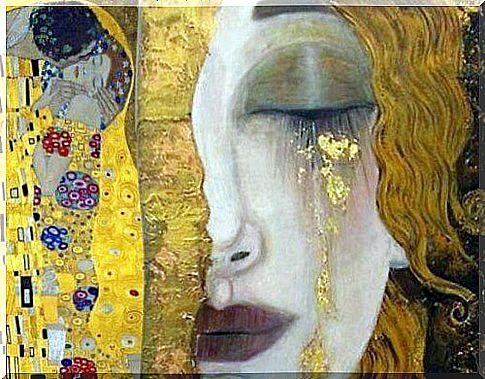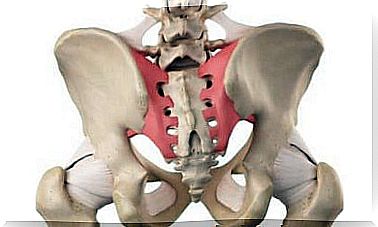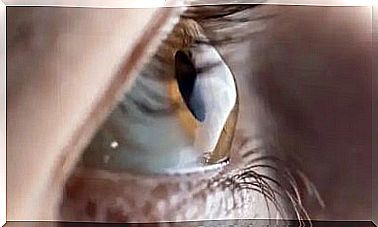About Chronic Sadness Or Dysthymia

But… What if sadness becomes chronic? What happens when this inner discomfort, this pain and despair cannot be banished and continues to “tear us apart” every day? In this case, dysthymia occurs , a condition that differs somewhat from the classic depression and about which it would be good to know more.
Read the article below to find out various useful information about this disease.
What is dysthymia or chronic sadness?

Dysthymia is a form of depression that has certain expressive and emotional nuances. It is found in the 5th edition of the Handbook of Diagnosis and Statistics of Mental Disorders (DSM-V), presented under another name: persistent depressive disorder. Here are its main features:
- It is a state of chronic sadness and discouragement. There are no better or worse periods, but this negative psychic sensation extends over a period of more than two years.
- This condition does not depend on certain “external factors”. Which means you don’t have to suffer a loss or disappointment to fall into this type of depression. It has an organic origin, is almost always hereditary and mainly affects women.
- It usually appears after the age of 21.
- There are also more serious cases, in which the affected person is unable to take care of himself and needs daily assistance to eat, get dressed, etc. As I said, these are situations in which dysthymia is very pronounced.
- Although the disease has a hereditary component, stress can amplify the feeling of demoralization. It can reach a serious condition, like the one described above.
- In addition to chronic sadness, there are other symptoms. These are irritability, insomnia, eating disorders and difficulty concentrating.
- If dysthymia is not treated in time, it can lead to “major depression”. This is an even more serious mental disorder, often accompanied by outbursts of anger and even suicide attempts. It is a dangerous condition, which is why it is important to treat these problems in a timely manner.
How is dysthymia treated?

First of all, we must be aware that dysthymia is a disease that must be managed throughout life. However, you can enjoy a peaceful life if you follow the following guidelines:
- Administration of antidepressant drugs.
- Participation in cognitive and behavioral psychotherapy sessions, especially those conducted in groups.
- Lifelong medical monitoring.
- Constant support at social and personal level.
We must remember that dysthymia is hereditary and organic. Thus, there is almost always a slight alteration in serotonin neurotransmitters. Therefore, the necessary medications are very useful, and psychotherapy can be very helpful.
These treatments must be followed throughout life. In this way you can enjoy a quiet existence, you can go to work and fulfill all your dreams and goals.
People diagnosed with dysthymia should be aware of their own problem. He must maintain an unstoppable inner strength in order to understand the situation he is facing.
Tips for chronic sadness
This is a disease that must be treated and controlled permanently, to remove the sources of stress and anxiety that can trigger the most advanced state of dysthymia.

In addition, it is important to remember that if there is a person in your family with this condition, you are more likely to suffer from it. Take action, talk to your doctor and consider all his recommendations. It is important to note that it is important to differentiate between chronic sadness and regular depression.
Dysthymia usually occurs around the age of 21 or even earlier. It is a state of permanent sadness, without a concrete reason or a precise origin. It lasts between a year and a half and two years, and if not treated in time, it can turn into a more advanced depression that can even lead to suicide attempts.









